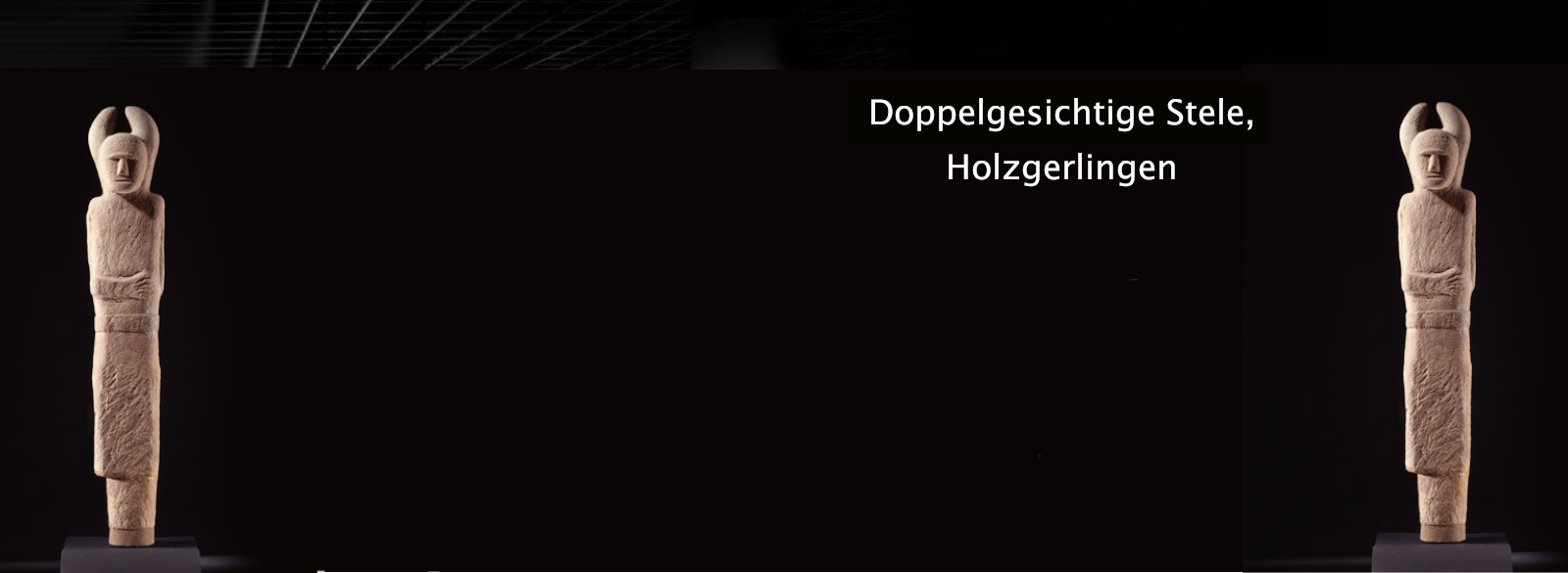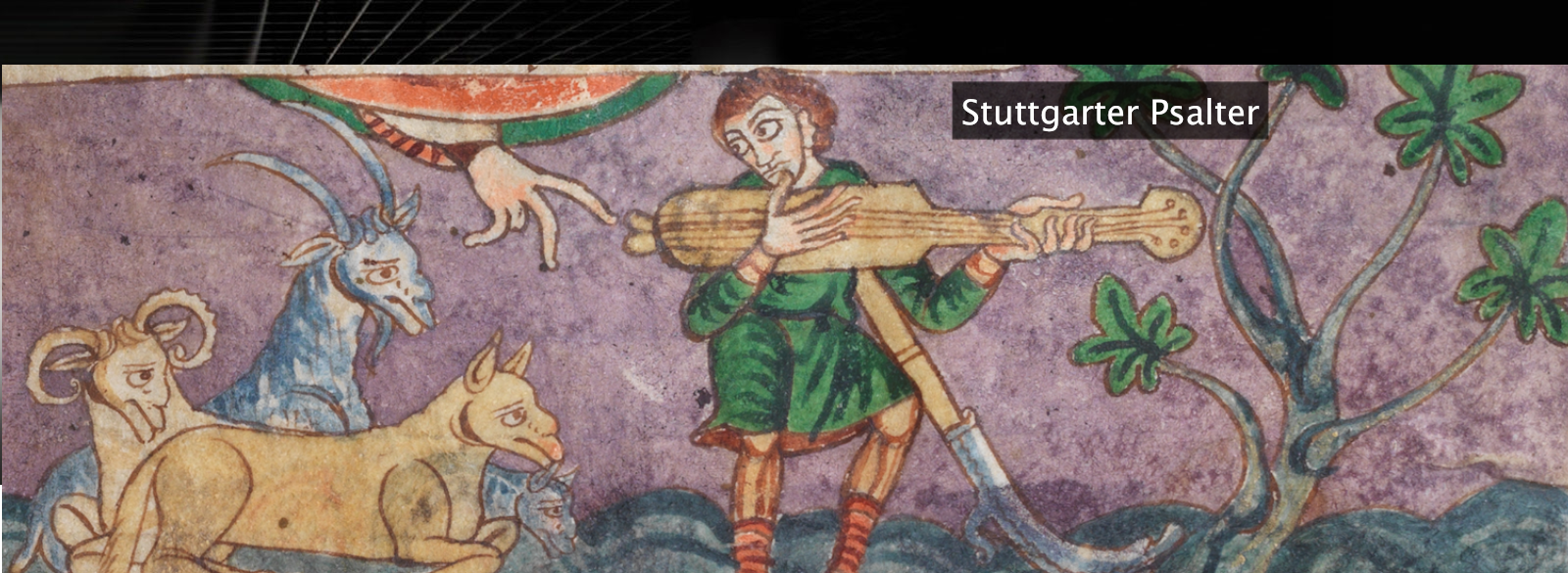Non-invasive imaging as the cornerstone of cardiovascular precision medicine Stephan Achenbach, Friedrich Fuchs, Alexandra Goncalves, Claudia Kaiser-Albers, Ziad A. Ali, Frank M. Bengel, Stefanie Dimmeler, Zahi A. Fayad, Alexandre Mebazaa, Benjamin Meder, Jagat Narula, Amil Shah, Sanjay Sharma, Jens-Uwe Voigt, and Sven Plein
| Erscheinungsform: | Aufsatz |
| Autor/Urheber: | |
| Beteiligte: | - Fuchs, Friedrich
- Goncalves, Alexandra
- Kaiser-Albers, Claudia
- Ali, Ziad A.
- Bengel, Frank M.
- Dimmeler, Stefanie
- Fayad, Zahi A.
- Mebazaa, Alexandre
- Meder, Benjamin
- Narula, Jagat
- Shah, Amil
- Sharma, Sanjay
- Voigt, Jens-Uwe
- Plein, Sven
|
| Umfang: | 11 |
| Anmerkungen: | Gesehen am 31.01.2023 |
| Identifikatoren/Sonstige Nummern: | 1832743152 [PPN] |
| In: | Oxford : Oxford University Press, 2012 23(2022), 4, Seite 465-475 volume:23 year:2022 number:4 pages:465-475 extent:11 |
| Inhalt: | - AIMS: To provide an overview of the role of cardiovascular (CV) imaging in facilitating and advancing the field of precision medicine in CV disease. - METHODS AND RESULTS: Non-invasive CV imaging is essential to accurately and efficiently phenotype patients with heart disease, including coronary artery disease (CAD) and heart failure (HF). Various modalities, such as echocardiography, nuclear cardiology, cardiac computed tomography (CT), cardiovascular magnetic resonance (CMR), and invasive coronary angiography, and in some cases a combination, can be required to provide sufficient information for diagnosis and management. Taking CAD as an example, imaging is essential for the detection and functional assessment of coronary stenoses, as well as for the quantification of cardiac function and ischaemic myocardial damage. Furthermore, imaging may detect and quantify coronary atherosclerosis, potentially identify plaques at increased risk of rupture, and guide coronary interventions. In patients with HF, imaging helps identify specific aetiologies, quantify damage, and assess its impact on cardiac function. Imaging plays a central role in individualizing diagnosis and management and to determine the optimal treatment for each patient to increase the likelihood of response and improve patient outcomes. - CONCLUSIONS: Advances in all imaging techniques continue to improve accuracy, sensitivity, and standardization of functional and prognostic assessments, and identify established and novel therapeutic targets. Combining imaging with artificial intelligence, machine learning and computer algorithms, as well as with genomic, transcriptomic, proteomic, and metabolomic approaches, will become state of the art in the future to understand pathologies of CAD and HF, and in the development of new, targeted therapies.
|
| URL: | https://doi.org/10.1093/ehjci/jeab287 |
| Weiter im Partnersystem: | https://swb.bsz-bw.de/DB=2.1/PPNSET?PPN=1832743152 |
















 leobw
leobw